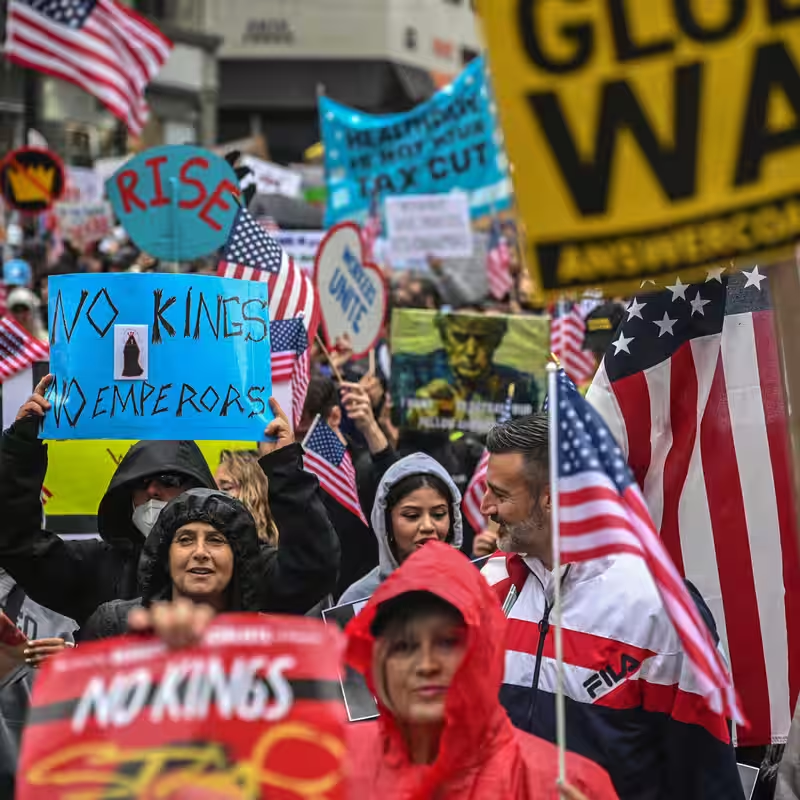Table of Contents
- Nationwide Uprising Against Authoritarian Moves
- Why ‘No Kings Day’ Matters Now More Than Ever
- By the Numbers: Scale of the Protest Movement
- What Organizers Are Saying
- What Comes After the Marches?
- Sources
Nationwide Uprising Against Authoritarian Moves
On Saturday, October 18, 2025, millions of Americans took to the streets in a coordinated wave of dissent, rallying under the banner of No Kings Day. From bustling metropolises to quiet rural towns, protests erupted in over 2,600 cities and towns across all 50 states—a historic show of grassroots resistance against what many see as increasingly authoritarian actions by the Trump administration.
Protesters cited a range of grievances, including President Trump’s role in the recent government shutdown, his public attacks on universities and academic freedom, and his alleged efforts to weaponize the Justice Department against political opponents.
Why ‘No Kings Day’ Matters Now More Than Ever
The name “No Kings Day” is a direct nod to America’s founding principles—specifically, the rejection of monarchy and unchecked executive power. Organizers say the phrase captures the spirit of the moment: a democratic pushback against what they describe as a slide toward autocracy.
“This isn’t just about policy disagreements,” said Hunter Dunn, a spokesperson for the coalition behind the protests. “It’s about defending the very idea that no one—not even the president—is above the law.”
By the Numbers: Scale of the Protest Movement
| Metric | June 2025 Protests | October 18, 2025 (No Kings Day) |
|---|---|---|
| Cities/Towns Involved | ~1,800 | 2,600+ |
| Estimated Participation | 1.2 million | 3+ million (projected) |
| States Represented | 50 | 50 |
| Key Issues Highlighted | Democracy, civil rights | Government shutdown, academic freedom, DOJ integrity |
What Organizers Are Saying
Organizers report that turnout on Saturday far exceeded expectations. “I think that this is going to be a stronger push than the last one,” Dunn told The New York Times. “People are no longer waiting for someone else to act. They’re showing up—for their neighbors, for their kids, for the Constitution.”
Local chapters coordinated everything from legal aid stations to voter registration booths at protest sites, turning rallies into civic engagement hubs. In New York City, demonstrators marched from Union Square to City Hall, waving signs that read “No Kings. No Tyrants.” Similar scenes played out in places like Boise, Birmingham, and Burlington.
What Comes After the Marches?
While the day was marked by peaceful assembly, organizers emphasize that No Kings Day is not an endpoint—it’s a catalyst. Plans are already underway to channel this energy into sustained political action, including get-out-the-vote drives ahead of the 2026 midterms and local campaigns to protect judicial independence.
“Protest is the first step,” Dunn added. “Now comes the hard work: holding power accountable, every single day.”




